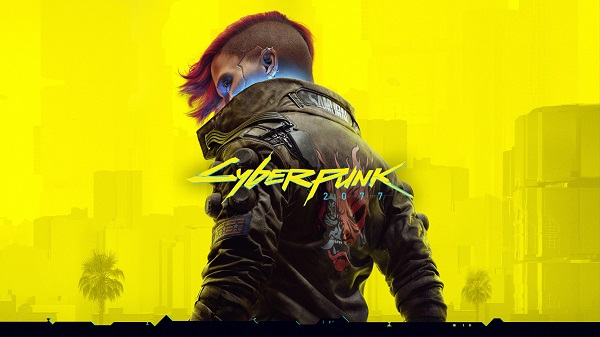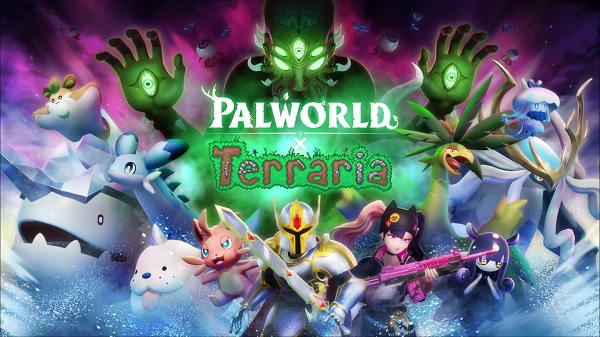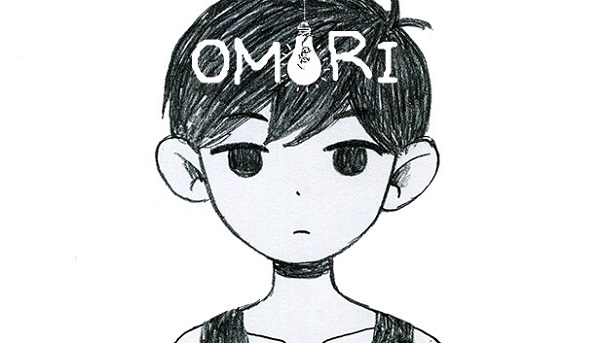Advertisement
Popular Now
Cyberpunk 2077, developed by CD Projekt Red, promised a sprawling, immersive open-world experience set in the dystopian Night City. Released in December 2020, the game aimed to redefine role-playing games with its deep narrative, expansive world, and cutting-edge technology. However, one of the most contentious issues that plagued the game at launch and persisted through its updates was the behavior and implementation of non-player character (NPC) artificial intelligence (AI). The NPC AI, intended to bring Night City to life, instead became a focal point of criticism due to its inconsistent performance, lack of depth, and failure to deliver the dynamic, living world players expected. This article delves deeply into the specific issue of NPC AI in Cyberpunk 2077, tracing its evolution from pre-release expectations to post-launch improvements, analyzing technical and design challenges, and exploring the broader implications for open-world game development. Through a chronological and thematic exploration, we will uncover why the NPC AI fell short and how CD Projekt Red attempted to address these shortcomings.

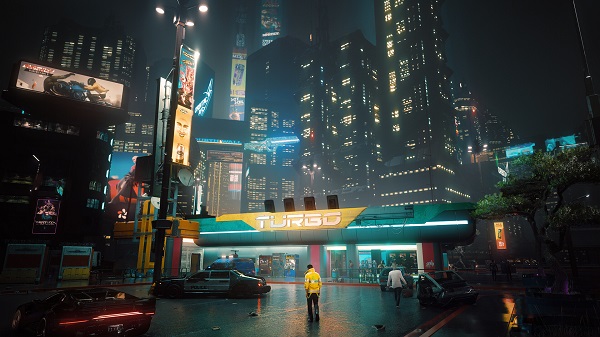
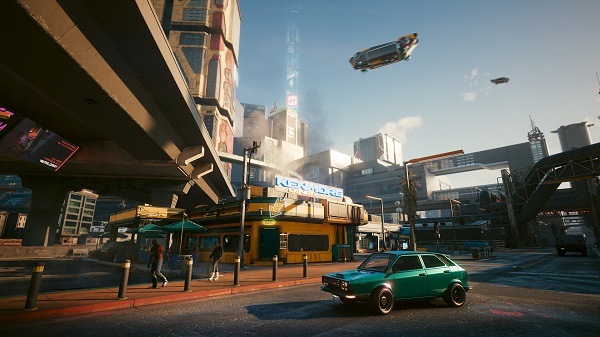
Pre-Release Hype: The Promise of a Living Night City

Setting Expectations for NPC AI
Before Cyberpunk 2077's release, CD Projekt Red heavily marketed the game as featuring a "living, breathing" Night City, populated by NPCs with complex routines and behaviors. Promotional materials highlighted that NPCs would have day-night cycles, unique personalities, and dynamic reactions to player actions, creating an unparalleled sense of immersion. The promise was ambitious: thousands of NPCs, each with their own schedules, would make Night City feel alive, akin to the bustling crowds in games like Grand Theft Auto V but with deeper interactivity.Technical Ambitions and Early Demonstrations
In 2018, CD Projekt Red showcased a 48-minute gameplay demo that featured NPCs reacting to the environment, engaging in conversations, and responding to player choices. This demo fueled expectations that the AI would be revolutionary, with NPCs capable of adapting to dynamic events like shootouts or player-driven chaos. However, these demonstrations were carefully curated, raising questions about whether the showcased AI systems were fully implemented or merely staged for marketing purposes. The gap between these promises and the final product would later become a significant point of contention.Launch Woes: NPC AI Under Scrutiny
Initial Impressions of NPC Behavior
Upon Cyberpunk 2077's launch in December 2020, players quickly noticed that the NPC AI was far less sophisticated than advertised. Pedestrians in Night City often exhibited repetitive behaviors, such as walking in predictable loops or standing idly, with little variation in their routines. In combat scenarios, NPCs frequently failed to react realistically, either fleeing in unison or standing frozen, undermining the immersive experience. These issues were particularly noticeable on last-generation consoles (PS4 and Xbox One), where technical limitations exacerbated the AI's shortcomings.Specific Flaws in AI Implementation
Pathfinding and Crowd Dynamics
One of the most glaring issues was the NPC pathfinding system. Pedestrians often clipped through objects, got stuck in loops, or failed to navigate around obstacles. In dense areas of Night City, crowd behavior felt robotic, with NPCs spawning and despawning abruptly when players turned their cameras. This lack of persistence made the world feel less cohesive, as NPCs seemed to exist only within the player's immediate field of view.Combat AI Limitations
Enemy NPCs in combat scenarios were equally problematic. Gangs and police often exhibited simplistic behaviors, such as running directly at the player or failing to take cover effectively. The police AI, in particular, was criticized for its lack of a pursuit system; officers would spawn directly behind the player and engage immediately, rather than patrolling or chasing realistically. These issues highlighted a lack of depth in the AI systems, which struggled to handle the complexity of Night City's open-world environment.Community Backlash and Developer Response
Player Criticism and Memes
The NPC AI issues quickly became a lightning rod for criticism, with players taking to platforms like Reddit and Twitter (now X) to share videos of NPCs behaving erratically—such as T-posing, falling through the map, or reacting identically to stimuli. Memes comparing Night City's NPCs to those in older games, like The Elder Scrolls V: Skyrim, underscored the disappointment. Players felt that the promised "living city" was instead a hollow shell, populated by NPCs that lacked individuality or purpose.CD Projekt Red’s Initial Response
CD Projekt Red acknowledged the AI issues shortly after launch, attributing some problems to optimization challenges and the strain of supporting multiple platforms. In early 2021, the studio released patches (e.g., Patch 1.1 and 1.2) aimed at improving NPC behavior, such as fixing pathfinding bugs and tweaking crowd spawning. However, these updates were incremental and failed to address the core design flaws, leaving many players skeptical about the studio’s ability to deliver on its promises.Technical Challenges Behind NPC AI

The Complexity of Open-World AI
Creating convincing NPC AI for an open-world game like Cyberpunk 2077 is a monumental task. Night City’s scale, with thousands of NPCs active simultaneously, required a balance between performance and immersion. CD Projekt Red used a custom AI system built on their REDengine, which struggled to handle the sheer volume of NPCs while maintaining realistic behaviors. Unlike games with smaller, more controlled environments, Cyberpunk’s sprawling city demanded robust systems for pathfinding, decision-making, and memory management.Resource Constraints and Cross-Platform Development
Optimization for Consoles
A significant challenge was optimizing the AI for last-generation consoles, which had limited processing power and memory. To prevent performance issues, CD Projekt Red likely simplified NPC behaviors, resulting in the repetitive and shallow interactions players noticed at launch. This compromise was evident in the reduced crowd density and despawning issues on PS4 and Xbox One.Engine Limitations
The REDengine, while powerful for rendering visuals, was not originally designed for the kind of dynamic AI systems seen in competitors like Rockstar’s RAGE engine. The engine’s limitations meant that NPC routines were heavily scripted rather than emergent, reducing the flexibility and responsiveness of the AI. These technical constraints underscored the difficulty of delivering on the ambitious vision for Night City.Post-Launch Patches: Incremental Improvements
Patch 1.3 and Beyond
By mid-2021, CD Projekt Red released Patch 1.3, which introduced improvements to NPC crowd behavior, including better pathfinding and more varied pedestrian routines. For example, NPCs were given additional animations for daily activities, such as eating or conversing, to enhance immersion. However, these changes were surface-level and did not address deeper issues like combat AI or police mechanics, which remained simplistic.Community Mods and Workarounds
The modding community stepped in where official patches fell short. Mods like “Enhanced NPC Behavior” and “Better Crowds” tweaked NPC routines, adding more variety to their actions and improving pathfinding. These mods demonstrated that the community could achieve what CD Projekt Red struggled to implement, though they were limited to PC players and often required significant technical know-how to install.The Phantom Liberty Expansion: A Step Forward
Revamping NPC Systems
The 2023 release of the Phantom Liberty expansion, alongside Patch 2.0, marked a significant turning point for Cyberpunk 2077’s NPC AI. The expansion introduced a new district, Dogtown, with denser crowds and more dynamic NPC interactions. Patch 2.0 overhauled the police system, adding a pursuit mechanic where officers would chase players in vehicles, making encounters feel more organic. These changes showed CD Projekt Red’s commitment to addressing AI criticisms, though they were limited to specific areas of the game.Limitations of the Overhaul
Despite these improvements, the AI updates in Phantom Liberty and Patch 2.0 were not universally applied across Night City. Older districts still suffered from inconsistent NPC behavior, and combat AI remained predictable in many scenarios. The expansion highlighted the challenge of retrofitting a game’s core systems years after launch, as fundamental engine limitations persisted.Comparing Cyberpunk’s AI to Industry Standards











